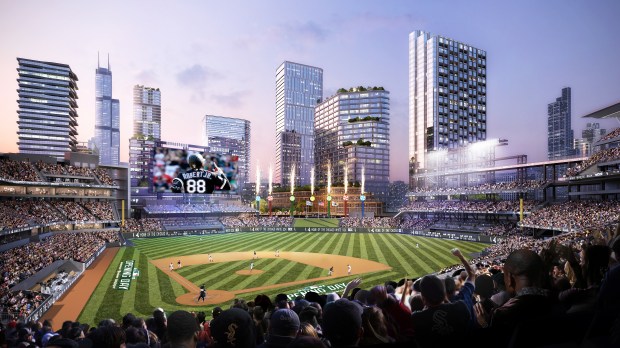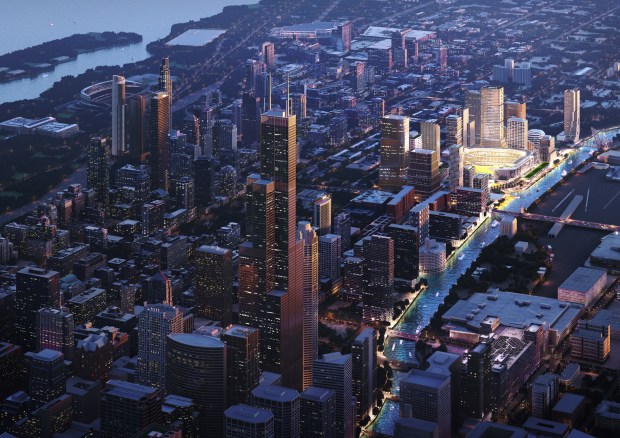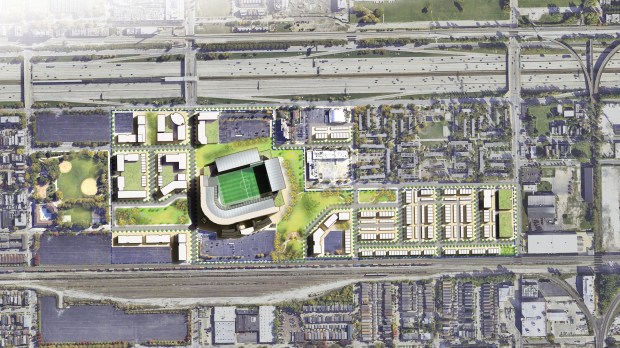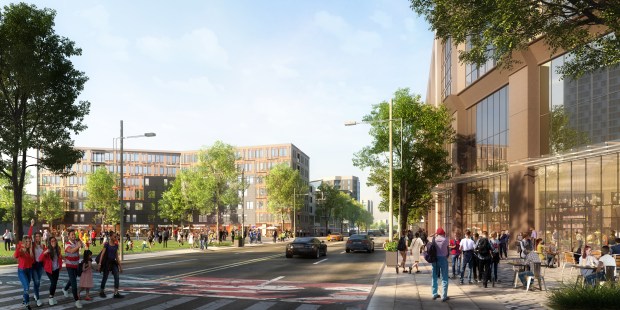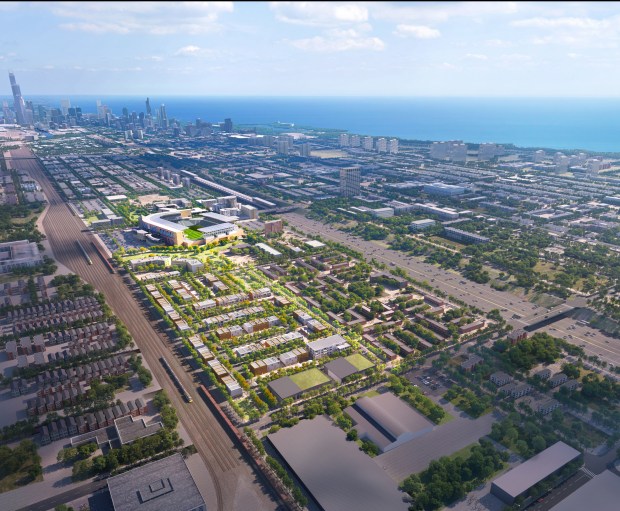[ad_1]
The Chicago White Sox have met with a government financing agency to submit plans for a new stadium, but officials say lawmakers will have to increase the borrowing limit if the team wants taxpayer financing.
The Illinois Athletic Facilities Authority would be a significant potential funding source because it financed the construction of the current Sox home at Guaranteed Rate Field. But CEO Frank Bilecki said that without a change in state law, the agency has only $100 million in available funding; That’s not nearly enough for a development that could cost more than $1 billion.
A briefing last week between agency officials, the team and developer Pretty Midwest discussed their desire to build a ballpark and surrounding development at The 78, a vacant lot on the Chicago River in the South Loop.
Bilecki said the project’s biggest unknown — how the money will be paid for — hasn’t been discussed in detail, but he hopes to keep the team in Chicago.
“We are encouraged that the conversation about the White Sox’s future in Chicago has begun,” Bilecki said. “We look forward to further discussions.”
Related Midwest released renderings of what the stadium could look like; these renderings include a picnic lawn in center field and a riverfront overlooking the downtown skyline, along with ambitious projections of its economic impact.
The new space would generate a $9 billion investment, $4 billion in annual economic impact and $200 million in annual tax revenue, according to the developer’s economic impact estimates, which have not been publicly disclosed.
Plans call for 5 million annual visitors (about three times the Sox’s attendance last year) as well as 1,300 new housing and 1,000 affordable units at the existing Sox home near Bridgeport. Plans also showed a football field at the Sox existing park. Concerned Midwest acknowledged that it does not own the property surrounding the park (the Illinois Sports Facilities Authority does) and stated that the future of the site will depend on a lengthy community process.
Related Midwest, through Tricia Van Horn, vice president of marketing and communications, declined to provide a timeline, more information about how the company came up with its economic forecasts or whether the proposal would require taxpayer financing.
Allen Sanderson, a senior lecturer on sports economics at the University of Chicago, said he doubts that any new sports venue, including a new downtown White Sox ballpark, could generate billions of dollars in new investment on its own.
“Usually when you hear the number someone gives you for the economic impact of a project, it’s best to take the decimal point and move it one point to the left, so you get about 10% of the original estimate,” he said. “That’s probably what’s going to happen.”
And if the White Sox want to fill a big new ballpark, the team will need to field a better team.
“I hate to say it, but all five of our pro teams are terrible right now. They’re unwatchable,” Sanderson said.
The sports facilities authority still owes $50 million on the current Sox stadium, which opened in 1991, and $589 million on the 2002 renovation of Soldier Field.
Those bonds must be repaid with a 2% city hotel tax plus $5 million annually from the city and state. But these funds were not enough to cover the debt for the last two years, and the city had to pay an additional $36 million to cover the difference.
Mayor Brandon Johnson has previously said the proposal looks like what a new park should be, with unspecified community benefits. Affordable housing advocates say the project is a chance to help the mayor fulfill his promises.
“One of the things Brandon Johnson promised us was that when we had major developments like this, it would be part of the neighborhood development plan,” said Don Washington, executive director of the Chicago Housing Initiative.
In his plan to transform Chicago released last July, Johnson criticized past mayors for failing to create enough affordable housing and launching developments without fully involving residents of surrounding communities.
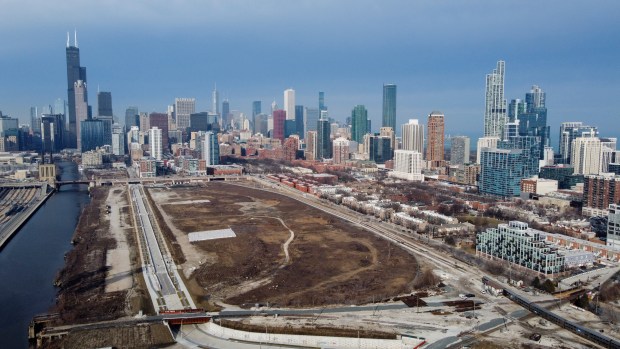
“This is a chance to turn that around,” said Washington, who wants to see the creation of new affordable and public housing units both downtown and near the Guaranteed Rate Area.
The University of Illinois Discovery Partners Institute, one of the new site’s tenants, is moving forward with plans to break ground on its new $285 million headquarters on the site this year. Developers’ renderings included an eight-story technical education and research glass office building at the south end of the site.
The institute’s departing CEO, Bill Jackson, welcomed the new park as a way to encourage investment and development.
78 has a tax increment financing district, or TIF, that dedicates increased property taxes on the site to its development. A potential source of financing would be to leverage increases in property taxes to pay off debt on the project; This would likely require changes to the law.
 Best American Comics News bestamericancomics.com started its broadcasting life on December 21, 2022 and aims to offer original content to users. Aiming to share information in technology, science, education and other fields, bestamericancomics.com aims to provide its readers with the most up-to-date and comprehensive. Since the content of the site is created by expert writers, readers are reliable and accurate referrers.
Best American Comics News bestamericancomics.com started its broadcasting life on December 21, 2022 and aims to offer original content to users. Aiming to share information in technology, science, education and other fields, bestamericancomics.com aims to provide its readers with the most up-to-date and comprehensive. Since the content of the site is created by expert writers, readers are reliable and accurate referrers.


